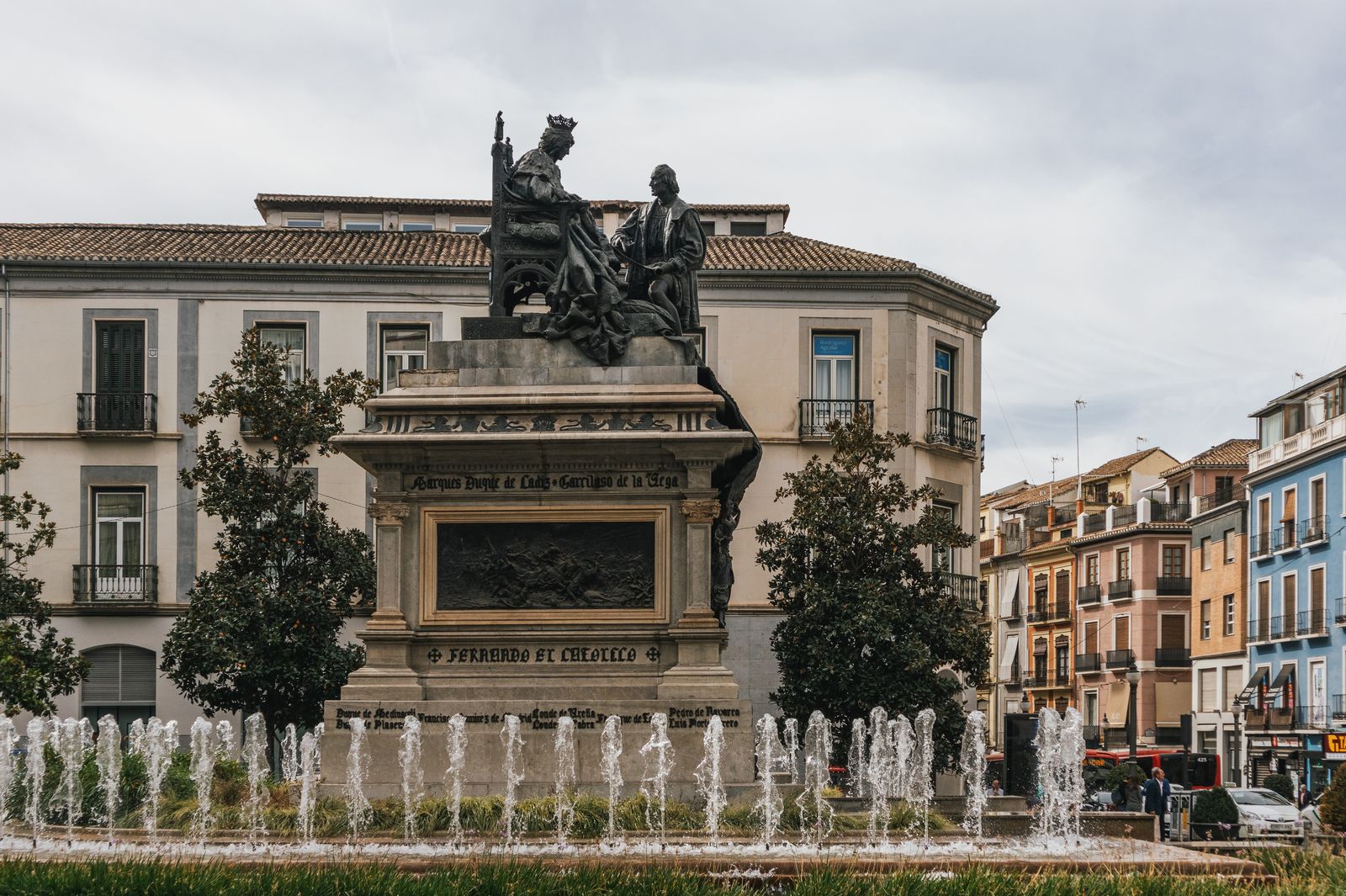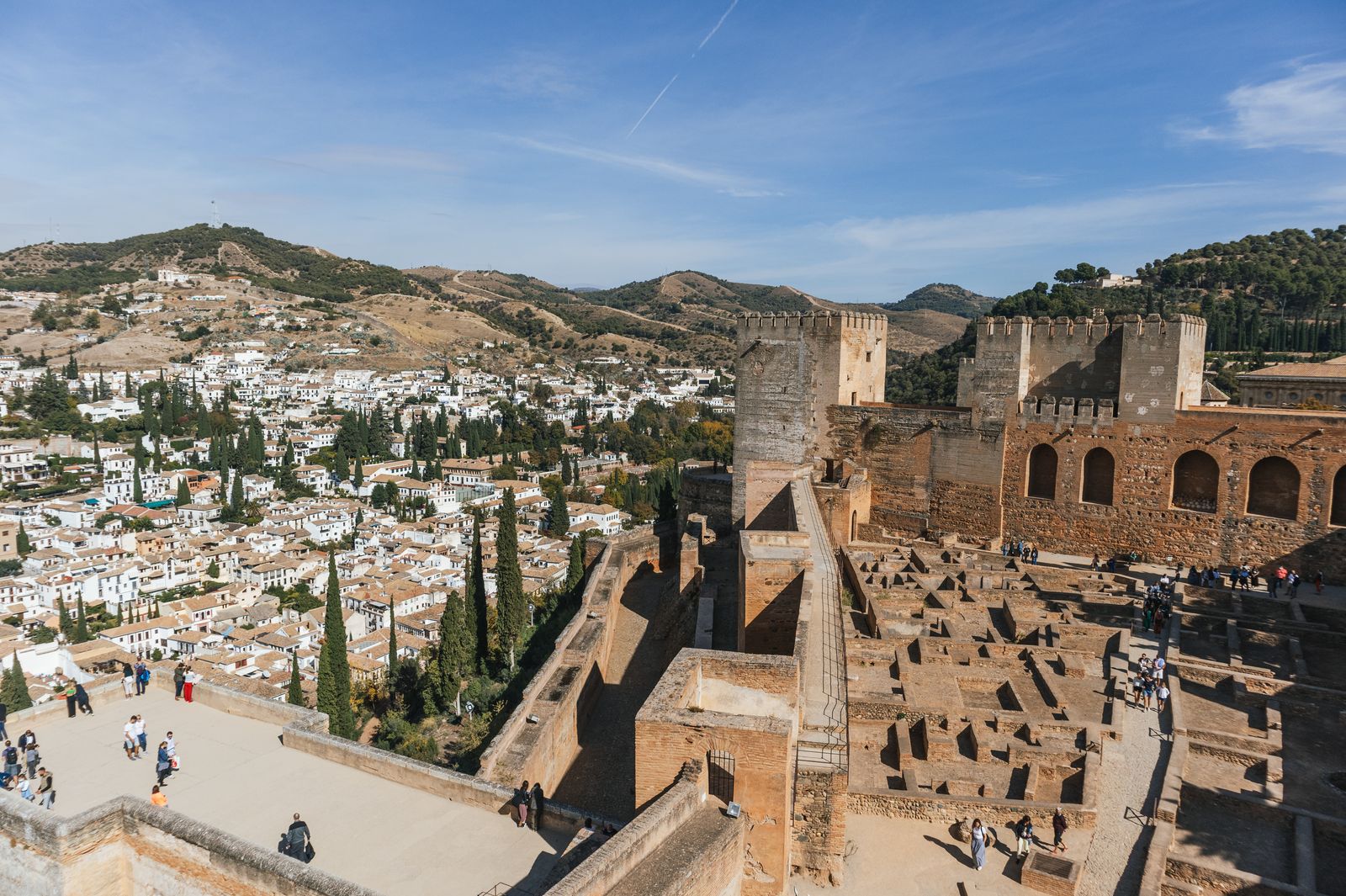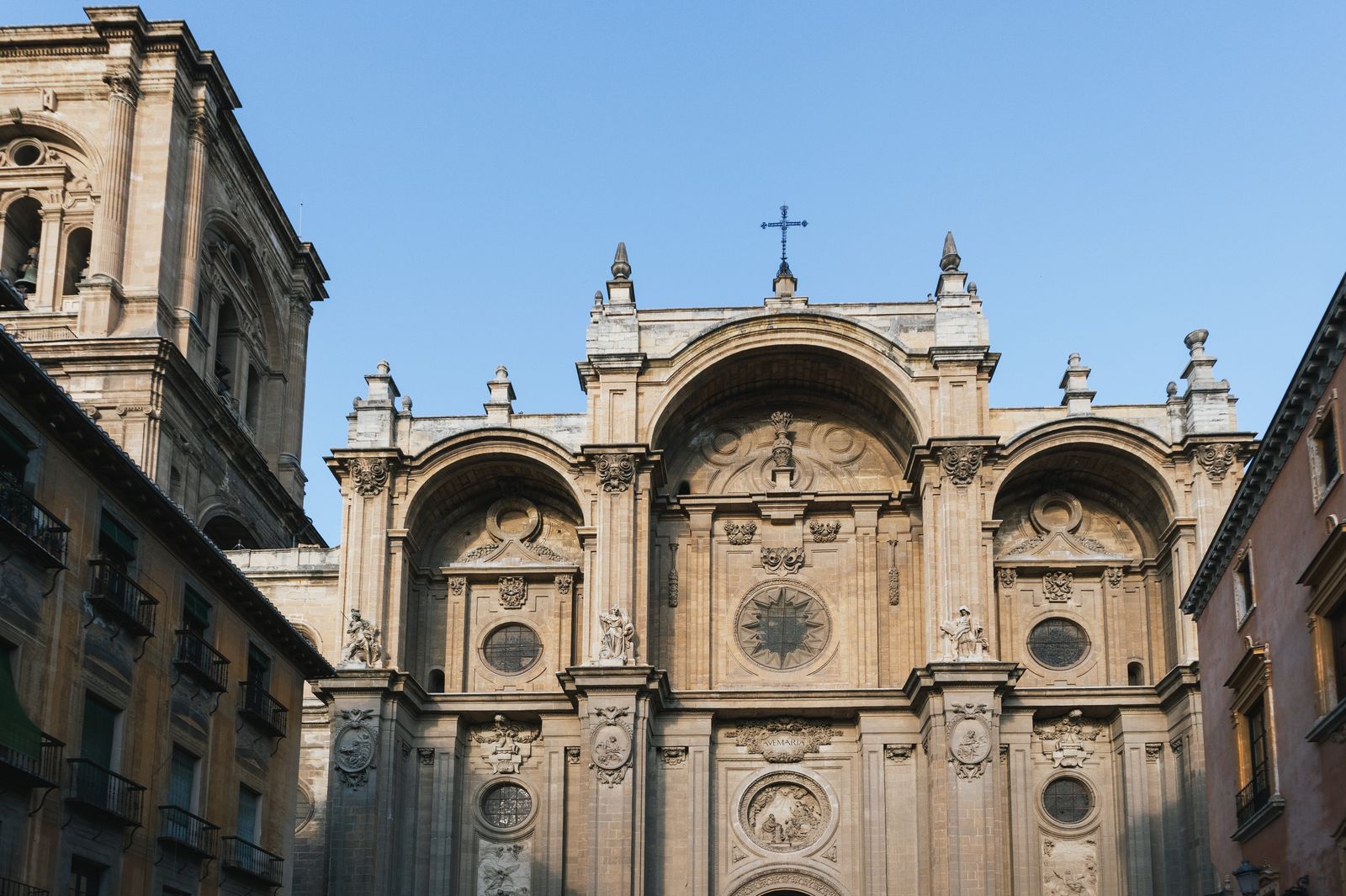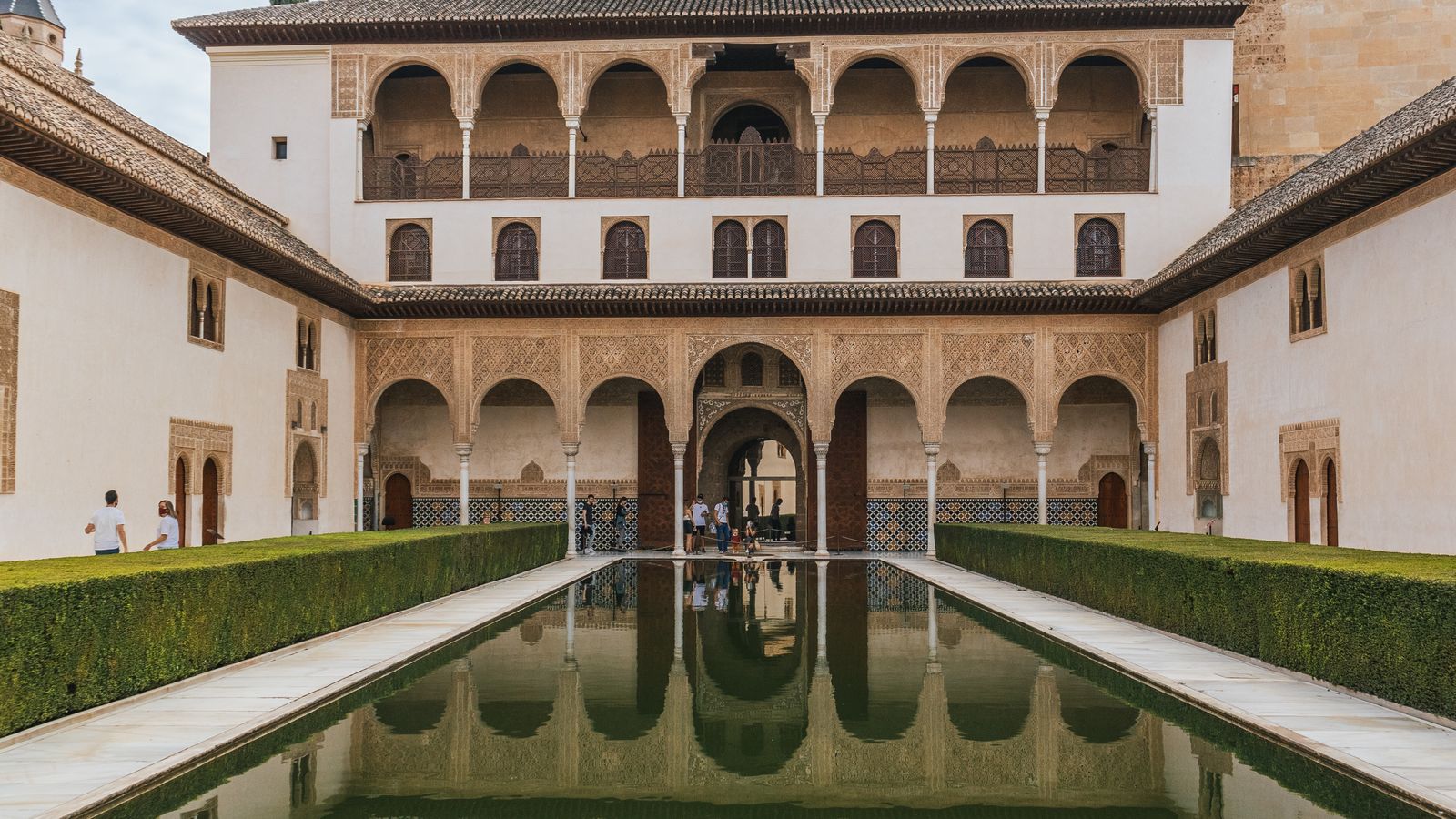The city of three civilizations: a 2-3 day guide for Granada
A bit of context
Granada's roots trace back to ancient civilizations, with archaeological finds suggesting its early settlement by the Iberians. However, it was the Romans who truly elevated the city, then known as Illiberis, into a thriving center of commerce and culture. Their legacy is still evident today, with remnants of Roman roads and fortifications standing as testaments to their influence.

After the fall of the Roman Empire, Granada fell under Visigothic control until the Moors arrived in the 8th century, transforming the city into the capital of the Nasrid Kingdom. Renamed Gharnatah, the city flourished as a beacon of Islamic art, science, and philosophy. The Alhambra, with its breathtaking palaces and intricate Generalife gardens, represents the pinnacle of this golden age.

The Reconquista in the late 15th century marked a new chapter for Granada as it returned to Christian rule. This transition brought significant changes, with Gothic, Renaissance, and Baroque elements reshaping the city's architectural landscape. The Alhambra itself became a symbol of this blend, with new Christian additions juxtaposed against the original Islamic artistry, creating a unique architectural masterpiece that draws countless visitors today.


